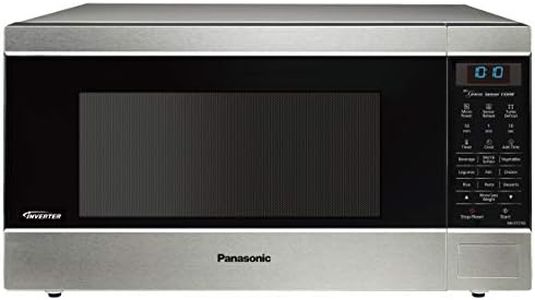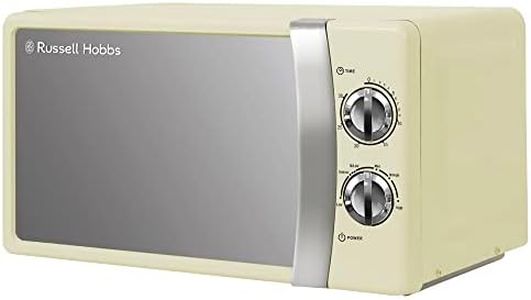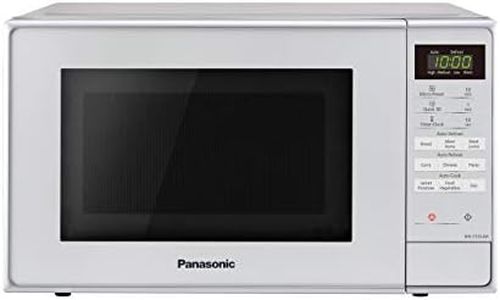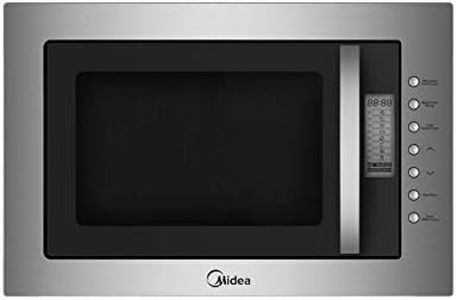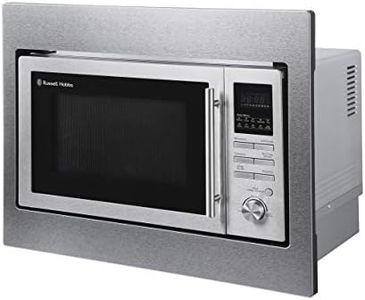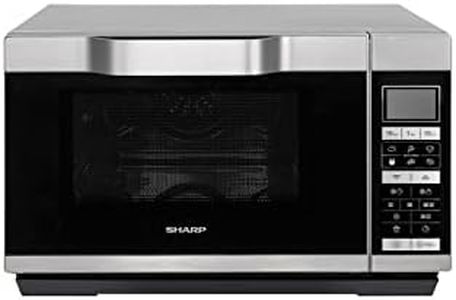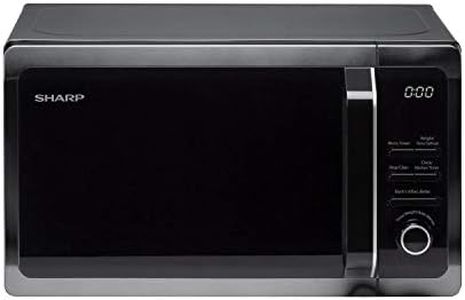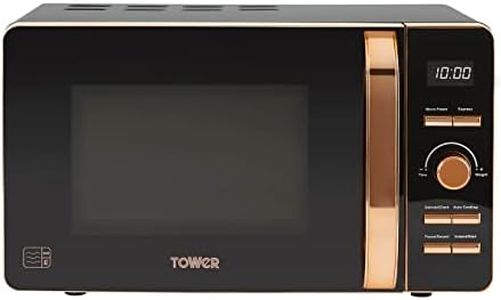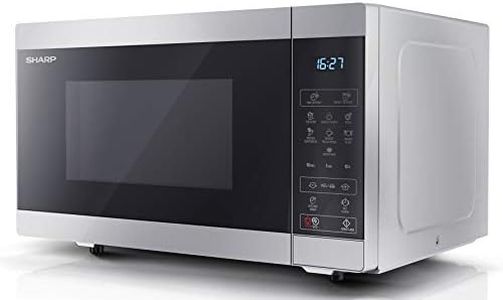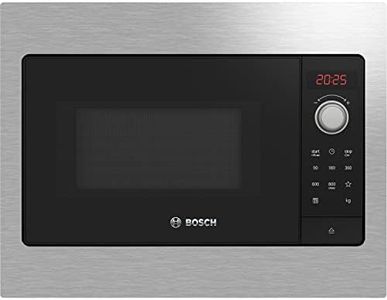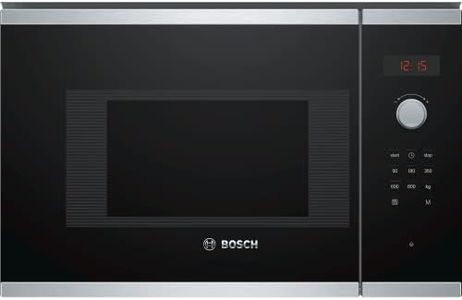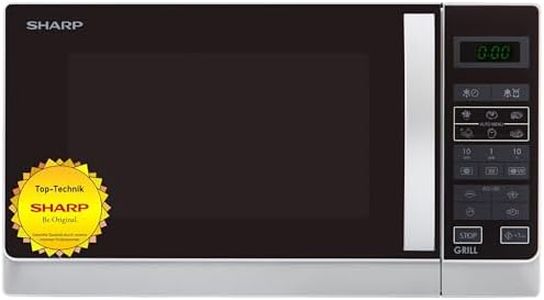We Use CookiesWe use cookies to enhance the security, performance,
functionality and for analytical and promotional activities. By continuing to browse this site you
are agreeing to our privacy policy
10 Best Built In Microwaves
From leading brands and best sellers available on the web.By clicking on a link to a third party's website, log data is shared with that third party.
Buying Guide for the Best Built In Microwaves
When choosing a built-in microwave, it's important to consider how it will fit into your kitchen space, your cooking habits, and the convenience features you value most. Unlike countertop microwaves, built-in models are designed to integrate seamlessly into your cabinetry, giving a sleek look and saving counter space. Before shopping, measure your available space carefully, think about the types of food you prepare often, and decide which features will make meal prep easier for you.CapacityCapacity refers to the internal space of the microwave, usually measured in liters or cubic feet. This determines how much food you can cook or reheat at one time. Smaller microwaves (less than 1 cubic foot or around 20-28 liters) suit singles or couples mostly reheating plates, while medium capacities (1-1.5 cubic feet or 28-40 liters) work for most families cooking regular meals. Larger options (over 1.5 cubic feet or 40+ liters) are best for big families or anyone who often uses large dishes. Think about your household size and typical uses, such as making entire meals or just reheating leftovers, to determine the right capacity for you.
Power (Wattage)Power is measured in watts and affects how quickly and evenly the microwave cooks food. Lower wattages (700-900W) may take longer and sometimes heat less evenly, while mid-range (900-1100W) offers a balance of speed and evenness suitable for most daily tasks. High wattage models (1100W and above) cook fastest and deliver the most even results, which is great for those who frequently prepare larger dishes or defrost sizeable items. If you need fast, efficient cooking or have a busy household, higher wattage may serve you better. If speed is less important and you use the microwave less frequently, a lower wattage model can suffice.
Installation Size and TypeBuilt-in microwaves come in different shapes and sizes; some are made for above-the-range spaces, others are drawer-style for under-counter installation, and some slot into wall cabinets. The exterior dimensions and required cut-out size are crucial to ensure a seamless fit in your planned kitchen space. Always measure your cabinet space and consult installation guides, making sure there’s enough ventilation as specified. Choose the style (traditional door, drop-down, or drawer) that fits your kitchen’s layout and your own reach or access preferences.
Control Panel and FeaturesThe control panel is how you interact with your microwave, and it can range from basic manual knobs to advanced digital touchscreens with sensor cooking. Simple dials and buttons are user-friendly and reliable, while digital panels often add more presets and smart features like automatic defrosting, sensor reheating, and one-touch cooking programs. If you want convenience, look for intuitive controls and useful presets for your favorite foods. If you prefer simplicity, basic interfaces are less likely to overwhelm or require constant reference to the manual.
VentilationSome built-in microwaves, especially over-the-range models, include ventilation systems to help remove odors, smoke, and steam from your cooking area. These systems vary in strength (measured in CFM—cubic feet per minute) and can be filtered or ducted outside. For those who use the cooktop below often or do a lot of frying, a stronger, more capable ventilation system is crucial. If your ventilation needs are minimal, standard recirculating fans with charcoal filters might be sufficient.
Turntable and Interior DesignThe turntable rotates food for even heating, while flatbed designs use alternative technologies to evenly distribute microwaves. Removable glass turntables are easy to clean and handle most round dishes, but larger or oddly-shaped pans may not fit as well. Some microwaves offer flatbed interiors for more space and easier cleaning. Your choice here depends on the type of dishes you regularly use and your preference for easy maintenance.
Finish and DesignSince built-in microwaves are integrated into cabinetry, their style and finish can impact the overall look of your kitchen. Common finishes include stainless steel, black, and white, often with coordinating handles and trim kits. Consider a model that matches or complements your other appliances for a cohesive appearance. Focus as much on practicality—like fingerprint resistance and ease of cleaning—as on style.
